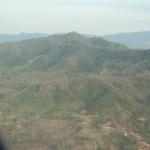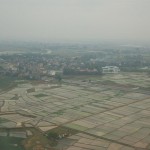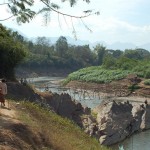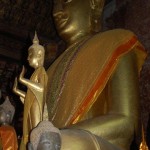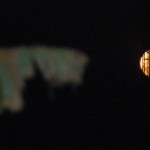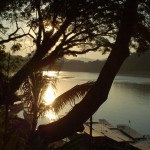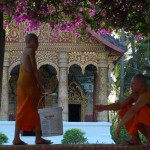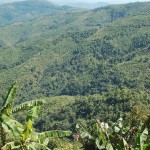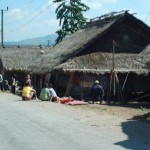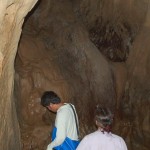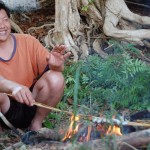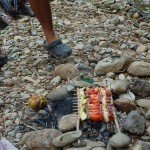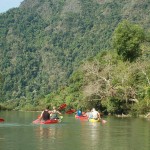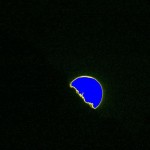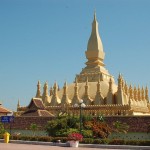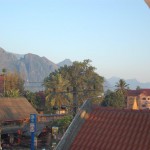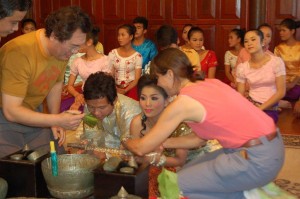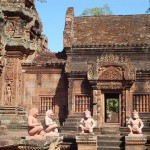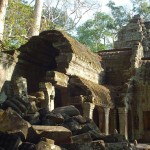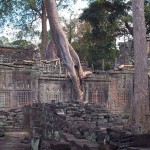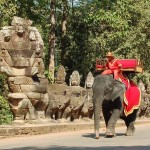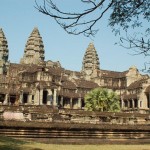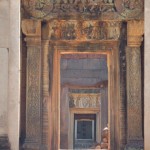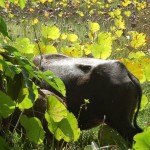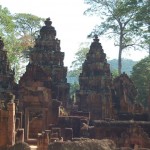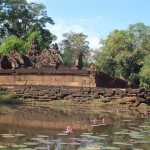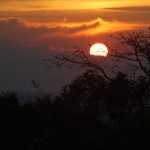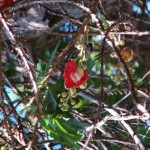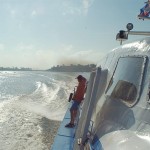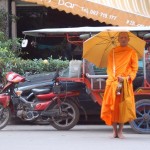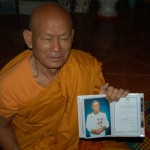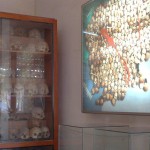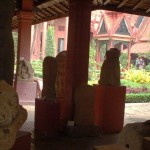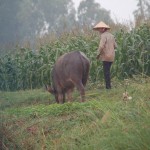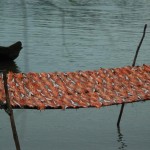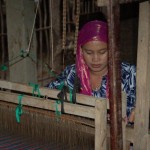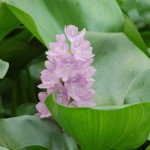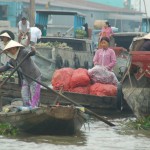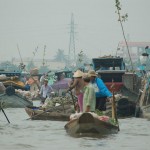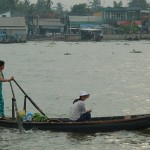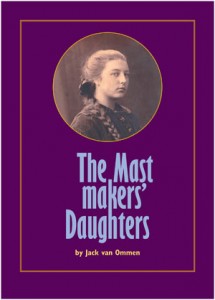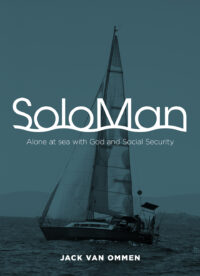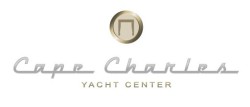We are in Hanoi. We would have liked to have spent more time in Luang Prabang but our options to get back into Vietnam turned out to be very limited. The bus service, that I had planned on from Vientiane to Vinh, in the NorthCentral part of Vietnam, turned out to be fully booked with the large Vietnamese community living in Laos returning to their ancestral homes for the Lunar New Year celebrations. And at the very best if we would manage to find a place we’d be transported in a mad house of Vietnamese stuffing their boxes and bags in every conceivable cavity. So we had a choice of flying to Hanoi or Ho Chi Minh City and we grabbed the last two seats on today’s flight to Hanoi at $ 150 each.
Then another surprise awaited us at the check in counter. My multiple entry visa for Vietnam expired yesterday. I had paid for a 90 day Visa but never bothered to check the fine print. Iris also paid for a multiple entry Visa but to her chagrin discovered that they had issued her a 30 day single entry Visa. So we both ended up having to buy another Visa, with express service Sunday surcharge, of $ 90 each….. We rented bikes again to see a few more parts of Luang Prabang till we had to head out to the airport at 2.30 p.m. First we toured the temple grounds of the Xieng Thong temple grounds. This was built in 1560 as an ordination hall for the coronations of the kings of Laos when Luang Prabangwas the capital before it was changed to Vientiane. Much of the interior and exterior are elaborately decorated with gold leaf . Next visit was across the river to a village where silk weavers, carvers, etc. sell their handicrafts directly from their work shops. On the way to the village we asked our way to a young couple wo turned out to be from near Grouw in Friesland; Iwan and Miriam de Jong operate a marina http://www.sneekerhof.nl/ and adjacent vacation bungalows on Sneeker lake. I had been looking for just such a set up for when my children are to come and visit this summer. So, they might have run into a potential customer in Luang Prabang. After we got the visas sorted out we were off to Hanoi. I was amazed at the extensive Teak plantations near L.P. in the hills we flew over. From the air, just as they appeared along the highway to L.P., the trees looked kind of sick and dying but I just read on the internet that Teak drops it foliage in January/February. The bulk of these plantations were started in the eighties and they all appear to be of a similar size. We found a good hotel in the old quarter of Hanoi, where I had stayed in 2006. Iris, being in the travel/hospitality business herself got us set up for three day is Halong Bay and two days in Sapa and then we bought an open bus ticket from Hanoi to Saigon, where we can make 4 stops of our choice and timing, which we plan to use to see Hue, Hoi An, Nhatrang and probably Dalat. We will try to sell our flight tickets from Hanoi to Saigon on the 11th now that we ended up travelling south from Hanoi instead of up from Central Vietnam.
- Teak Plantations, the spindily grey brown trees.
- Near Hanoi in Red River delta
- Road to the artisans village
- Wat Xieng Thong

